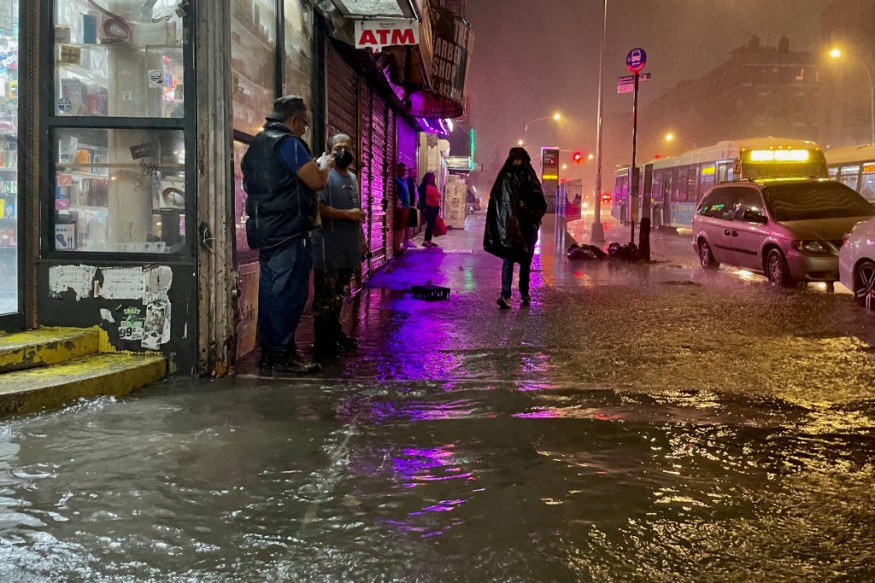
This week, a surge of rainfall is predicted throughout the southern Plains and South-Central states as winds carry moisture inland from the Gulf of Mexico, resulting in rainfall levels that might cause flash floods in the central United States.
In a regular weather pattern, most storms would be pushed eastward by the atmosphere's flow. Meanwhile, moisture from the Gulf of Mexico will remain trapped over the south-central United States, allowing showers and thunderstorms to hit most of Texas, Oklahoma, Louisiana, and Arkansas daily this week.
Showers and thunderstorms will extend northward into the Plains by Wednesday and Thursday. According to Rinde, "Not only will the day-to-day thunderstorms allow for heavier rainfall totals, but there is also a risk for training storms on any given day,"
Weather Warnings During Flash Floods
Flooding that occurs within 6 hours after severe rainfall, and typically within 3 hours (or other cause). Flash floods are generated by a variety of factors, the most common of which being unusually high rainfall from thunderstorms. Dam or levee breaks, as well as mudslides, can cause flash floods (Debris Flow).
The volume of rainfall, its location and distribution, land use and terrain, plant kinds and growth/density, soil type, and soil water content all impact how quickly and where Flash Flooding occurs.
If a flash flood warning has been issued for the region, it is in the best interest of the residents to avoid entering basements or anywhere underground. When thunderstorms get strong, motorists are advised not to drive across flooded highways and to be aware of shifting visibility. According to the Federal Emergency Management Agency, just 6 inches of water in a flash flooding storm may cause automobiles to lose control or stall (FEMA (Federal Emergency Management Agency)).
According to AccuWeather Senior Meteorologist Alex Sosnowski. "Most of the rain will hit areas where drought has been re-emerging in recent weeks,"
Statistics and Data on the Heavy Rain Fall in Central States and Southern Planes
Oklahoma City, for example, has received no measurable rainfall since September 4, placing the city at barely 9% of normal rainfall for the month. In September, Tulsa, Oklahoma, only reported 3% of the average. According to the United States Drought Monitor, over 40 percent of Oklahoma is experiencing moderate drought. Omaha, Nebraska, and Wichita, Kansas, have also had below-average monthly rainfall.
Though it is the case in some places like Oklahoma, most of the drought-ridden countries are the ones that experience flash floods.
So far in September, New Orleans has gotten 7 inches of rain, primarily due to Hurricane Nicholas. Nicholas also dropped a record amount of rain on Houston, bringing the monthly total to 7 inches, which is 159 percent over normal for September.
Rainfall is not anticipated to stop before the end of the week. AccuWeather experts are also keeping an eye on a trough of low pressure that is likely to sweep over the Southwest this weekend, weakening or moving east into early next week.
© 2025 NatureWorldNews.com All rights reserved. Do not reproduce without permission.





